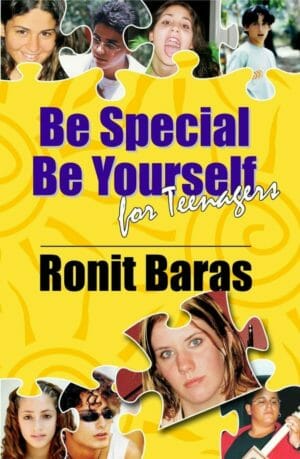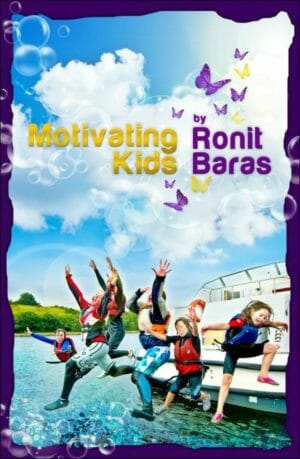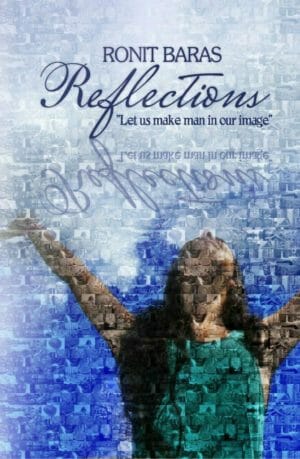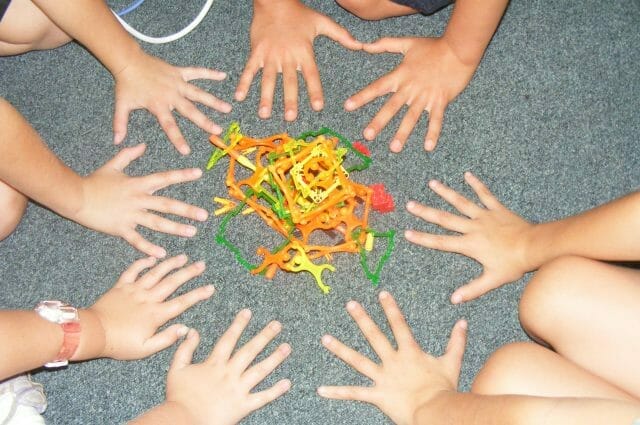 Be Happy in LIFE offers school coaching programs – workshops and presentations for students, teachers and parents, based on life coaching and emotional intelligence concepts.
Be Happy in LIFE offers school coaching programs – workshops and presentations for students, teachers and parents, based on life coaching and emotional intelligence concepts.
These programs help schools transform their culture and create an empowered, supportive environment, where teachers, parents and students cooperate and succeed.
Click on one of the links below to find out more:
- Emotional Intelligence Programs for Students
- Global Citizenship: Social Intelligence Programs for Students
- Professional Development for Teachers
- Programs for Parents
We are based in Brisbane, but offer our school coaching programs anywhere in Australia.
Emotional Intelligence Programs for Students
Student Leadership Skills Training Day: Kids Today, Leaders Tomorrow
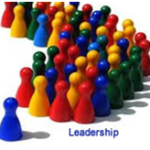 “Creating a positive ripple effect by developing students’ leadership skills”
“Creating a positive ripple effect by developing students’ leadership skills”
Full day attitude program for student leaders
Student Leadership Skills Training Day: Kids Today, Leaders Tomorrow
Student Leadership Camp: Kids Leading Social Change
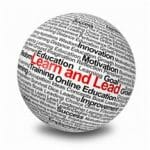 “Making a difference with confidence, diversity, collaboration and innovation”
“Making a difference with confidence, diversity, collaboration and innovation”
2-Day leadership camp for Student Leaders/ Sister Schools program
Be Special, Be Yourself
“Finding gifts and talents, balancing uniqueness and a sense of belonging”
Emotional GPS
“Developing confidence and internal motivation to navigate through life”
Who Needs a Second Language?
“Second Language and excellence, benefits and critical time”
Stronger Together
“Empowering students to use social and emotional intelligence to prevent and stand up to bullying”
Youth Stress Management
“How to overcome worry, stress & anxiety and develop resilience”
Critical Thinking & Creativity
“Creative thinking tools for students to improve problem solving and academic achievements”
Time Management for Students
“How to eliminate time wasters and use technology to boost learning outcomes”
Global Citizenship: Social Intelligence Programs for Students
Global Village: Our Home
“The building blocks of citizenship: rights and responsibilities”
Global Village: Our Neighbourhood
“Cultural diversity, social identity, collective responsibility and cooperation”
Global Village: Our World and Our Future
“Beyond borders: global citizenship, sustainability and social justice”
United We Stand: Conflict Resolution
“Developing communication and collaboration skills”
Finding My “ism”
“Exploring identity, sense of uniqueness, relationship and belonging”
Social Justice, Tolerance and Peace
“Sustainable relationships beyond stereotyping and judgment”
Challenging Cultural Thinking
“Similarities and differences: Breaking down culture barriers”
Professional Development for Teachers
Emotional Intelligence in the Classroom
“Excellence in teaching using emotional intelligence techniques”
The Art of Motivating Kids in School
“Advanced psychological methods to enhance motivation to support learning”
Supporting the Gifted and Talented Child
“Fast track education for students with a fast mind”
Light Up the Mind – Realizing Potential
“Practical tools to diagnosing children with learning difficulties and Special Talents”
Developing Critical Thinking & Creativity
“Creative thinking tools for teachers to enhance students’ effective problem solving”
Who Needs a Second Language?
“First and second Language acquisition: myths, challenges and effective solutions”
Setting Effective Rules & Boundaries in Education
“Establishing a positive and productive climate”
The Teacher as a Coach
“Using coaching strategies to enhance learning outcome”
Managing Difficult Behaviours
“Effective strategies for managing challenging students’ behaviour”
Celebrating diversity – Challenging Teachers’ Cultural Thinking
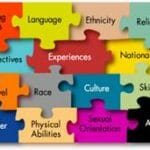 “Teaching peace and overcoming assumptions through reflective teaching”
“Teaching peace and overcoming assumptions through reflective teaching”
Celebrating diversity – Challenging Teachers’ Cultural Thinking
Power vs. Force in Education
“Classroom conflict resolution: Beyond student-teacher power struggles”
Educational Leadership (2-day camp)
“Building teachers’ leadership and management capacity”
Kids Learn Though Play
“Using the Multi-Play re-usable game Kit and the fun incentive to expand and strengthen learning outcomes”
Co-teaching: A Modern Classroom Experience
“How to create success through collaborative teaching”
Classroom Stress Management
“How to create a stress free learning environment”
Sticks & Stones – Anti-Bullying Program
“Strategies for teachers to eliminate bullying through emotional regulation and social intelligence”
Effective Time Management
“How to eliminate time wasters and leverage technology to boost learning outcomes”
Different Strokes for Different Folks
“Effective strategies to close achievement gaps in education”
Sowing Seeds of Excellence
“Using self fulfilling prophecies to stimulate success”
Special Education for Mainstream Teachers
“Understanding children with special needs: ASD, Fine and Gross motor skills and intellectual challenges”
Garden of Eden Child Development Program for the Early Years
How to discover and nurture every child’s intelligence in the early Years
Garden of Eden Child Development Program for the Early Years
Gentle Men and Strong Women
“Professional development for teachers exploring gender equity and the role of education in gender equality”
More information
Programs for Parents
Happy Parents Raise Happy Kids – Full day
“Empowering parents with confidence and skills”
Positive Parenting and Stress Management
“How to overcome worry, stress & anxiety in the family and help children develop resilience”
Managing Difficult Behaviours for Parents
“Effective strategies for managing challenging kids’ behaviours”
Time Management for Parents
“Practical ways to eliminate time wasters in managing a family and improve quality time with children”
Effective Communication Skills
“Simple and practical techniques to improve communication in the family”
Who needs discipline anyway?
“Setting effective rules & boundaries at home and establishing a positive and happy home environment”
Love languages for Parents
“Understanding children’s diverse needs and ways to fill out kid’s love tank”
Who is in charge of this family anyway?
“The parent as a leader: Power vs. Force in parenting”
Who needs a second language?
“First and Second Language acquisition: Myths, Challenges and solutions for ESL parents”
My Gifted & Talented Child
“Supporting the gifted and talented child: Myths, challenges and strategies
Parenting an ASD Child
“Ways to help a child with Autistic Spectrum Disorder”
Book a Program for Your School Now
Take the first step right now. Tell us more about what your school needs through the form below.

